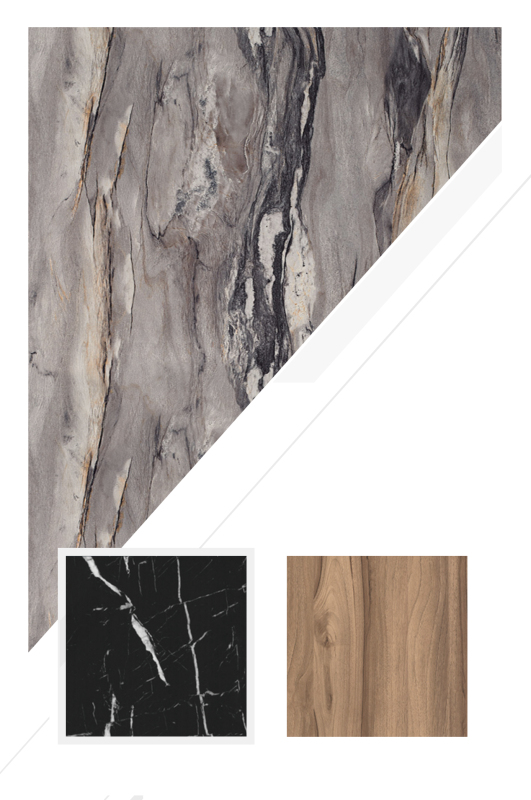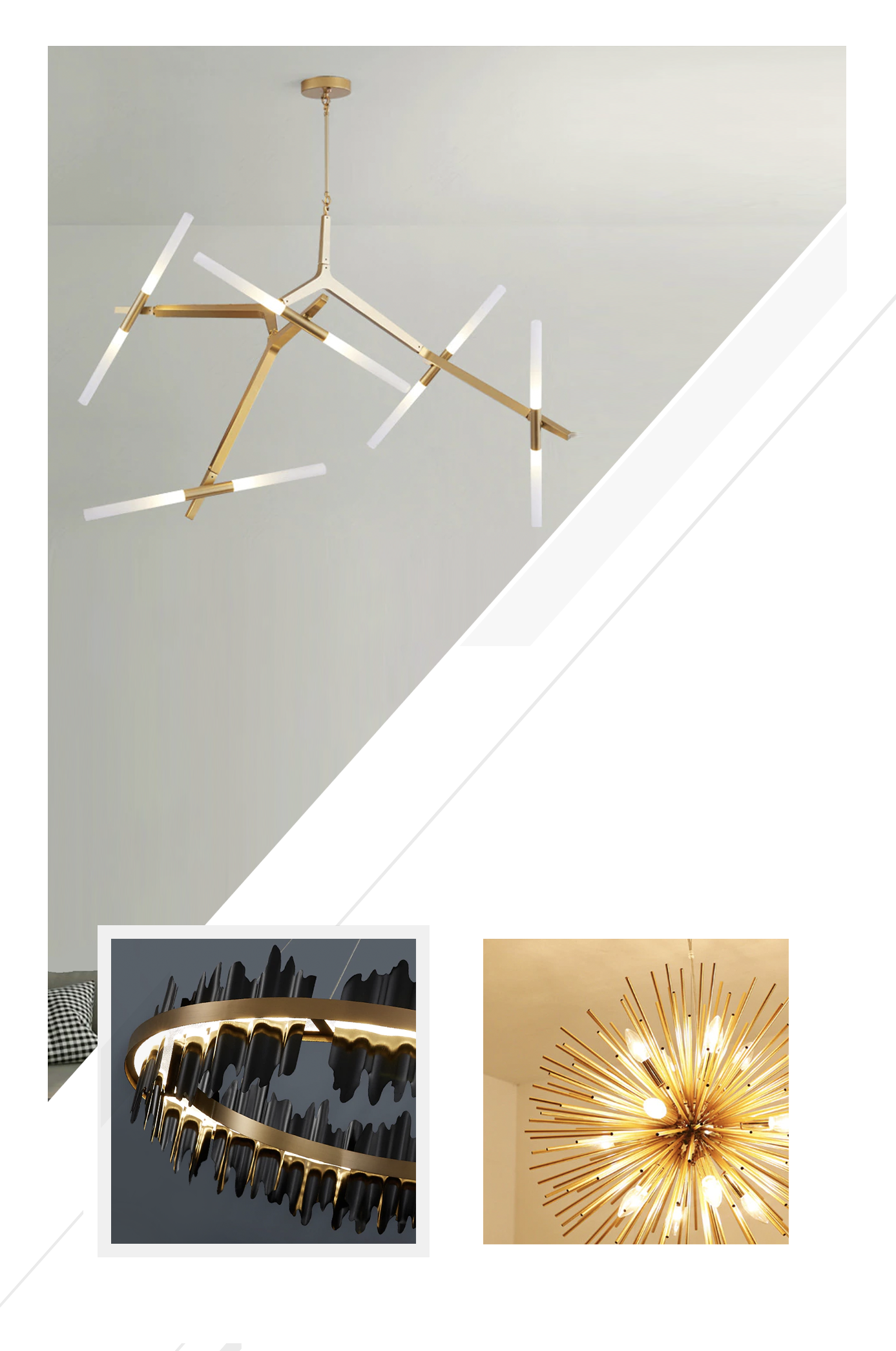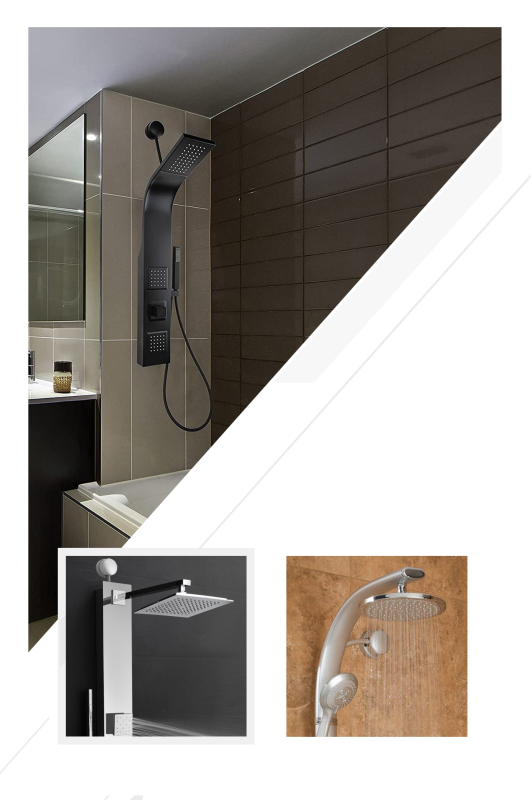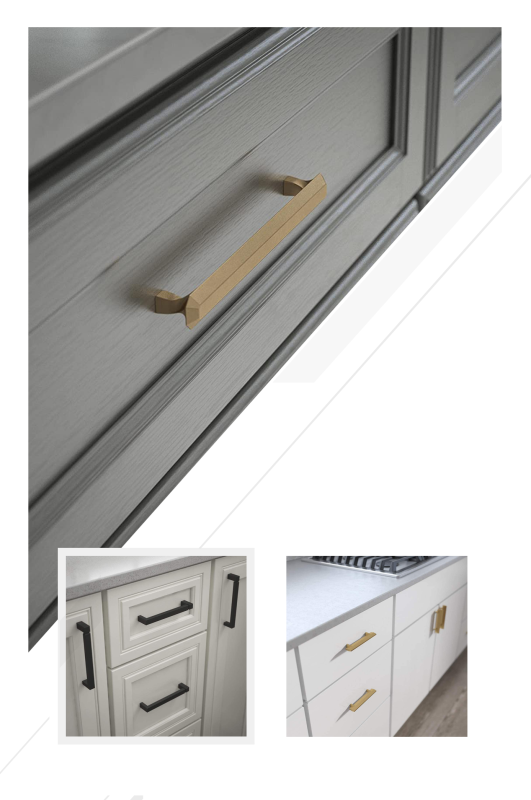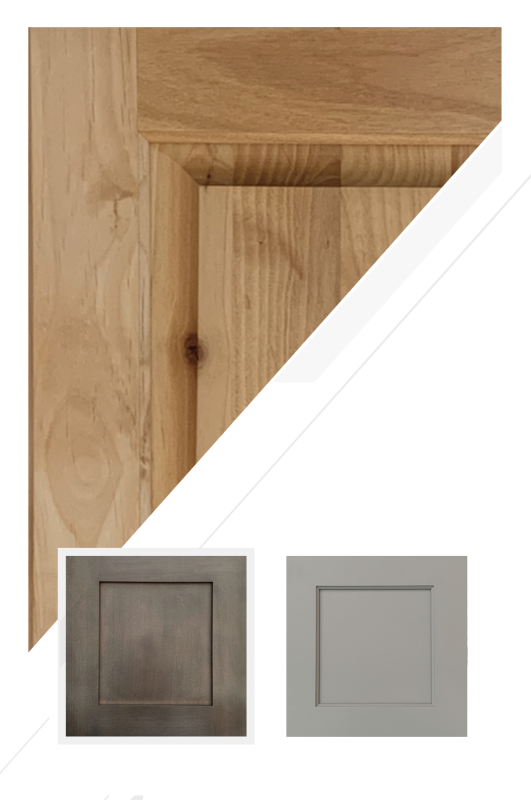Creating Fresh Air Indoors for Modern California Living
By Joy Line Homes California
In California, where sunshine pours into every window and the outdoors always feels only a step away, the quality of the air inside your home matters more than most people realize. Many homeowners think of design, finishes and layout first, but the air we breathe every day is one of the biggest contributors to our comfort. Indoor air quality is especially important in factory built homes, which are tightly sealed for energy efficiency and long term performance. This is great for comfort and utility bills but it also means contaminants can build up more easily if they are not managed from the very beginning.
Construction is messy by nature. Paints, adhesives, drywall dust and chemical vapors are all part of the building process. Joy Line Homes reduces much of this by building in a clean factory environment, but once a home arrives on site and finishing work begins, indoor air quality becomes a shared responsibility between the builder and the homeowner. Understanding what affects air quality helps prevent problems later and creates a clean, fresh living space from day one.
Why Air Quality Matters in Factory Built Homes
Prefab construction is incredibly efficient, but the same tight building envelope that saves energy can also trap unwanted particles. Poor indoor air quality can lead to headaches, allergies, respiratory irritation and other long term concerns. This is especially important for families with children, seniors or anyone who is sensitive to dust or chemicals. Taking steps during the construction phase can prevent these issues entirely.
Planning Ahead for Clean Air
Good air quality starts long before the first coat of paint is applied. Planning for low emission materials and proper ventilation will set the tone for the entire building process. Choosing zero VOC paints, non toxic adhesives, formaldehyde free cabinetry and high quality insulation helps keep emissions as low as possible. Joy Line Homes already uses many of these products, making clean building a natural part of the process.
Ventilation planning is equally important. Even temporary fans, cross ventilation setups and small air movers can dramatically improve the indoor environment during construction. These steps help finish materials cure faster and reduce lingering odors.
Managing Materials During Construction
Every material brought into a home affects air quality. Storing chemicals outside, keeping flooring and cabinets wrapped until installation and eliminating stockpiling in closed spaces all help keep contaminants low. Even something simple like selecting pre finished materials can prevent unnecessary exposure to airborne chemicals.
Ventilation During On Site Work
Once the modules are installed on site, fresh air becomes essential. During painting, sanding or installing flooring, windows should remain open when possible. Fans create airflow that carries fumes outside instead of trapping them indoors. These small steps have a huge impact on long term comfort.
Dust Control and Clean Work Sites
Dust is unavoidable during construction but should never be ignored. Using HEPA vacuums, sealing off work zones and cleaning with damp cloths instead of dry sweeping can remove a surprising amount of particulates. Covering vents and registers keeps dust from entering the HVAC system where it can linger unnoticed for months.
Protecting HVAC Systems
Modern HVAC systems are very efficient but also very sensitive. Running the system during dusty construction work can pull debris into the ducts. Keeping registers covered, waiting until construction is complete to install final filters and performing a duct inspection before move in all help protect your investment. After move in, changing filters frequently supports clean, healthy air throughout the home.
Moisture Control for California Homes
From the cool coastal mornings to the dry inland afternoons, moisture levels vary greatly across California. Managing humidity is essential for preventing mold, mildew and trapped moisture inside walls. This includes installing proper bathroom fans, checking exterior caulking and ensuring the home dries properly during finish work. A little prevention goes a long way.
The First Three Months Matter Most
Even after construction ends, many materials continue to release small amounts of vapors. During the first 90 days, it is helpful to keep the home ventilated daily, run HVAC fans, use portable air purifiers and maintain balanced humidity levels. These simple habits create a clean and comfortable indoor environment more quickly.
Healthy Habits for Everyday Living
Long term air quality depends on daily habits. Using non toxic cleaners, vacuuming with HEPA systems, allowing airflow through open windows and avoiding synthetic fragrances all support a healthier home. Keeping interior clutter low also allows air to circulate freely. Even incorporating indoor plants such as snake plants, aloe or peace lilies can support fresher air.
Monitoring Indoor Air Quality
Air quality monitors are becoming more affordable and provide helpful insights into VOC levels, particulate matter and humidity. Occasional testing can confirm that the home stays safe and comfortable long after construction ends. If concerns arise, professional assessments are available to diagnose and resolve issues quickly.
Building with Confidence
Creating a healthy indoor environment is one of the most rewarding parts of building a new home. With thoughtful planning, responsible material choices and good ventilation practices, every Joy Line Home can support cleaner, fresher air for many years. Building with health in mind is one of the best investments a homeowner can make, and the benefits are felt every day.
Joy Line Homes California Modern Modular Living for Real Families Santa Cruz County, San Jose, Los Angeles, Sacramento, San Diego Sustainable Design. Smart Building. California Proud.
We are based in Santa Cruz County ,
California
Tel: (831) 888-Home
Email: info@joylinehomes.com
Business Hours: 9am - 6pm

